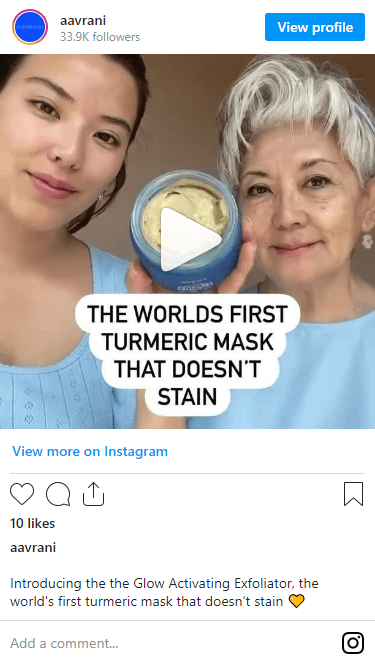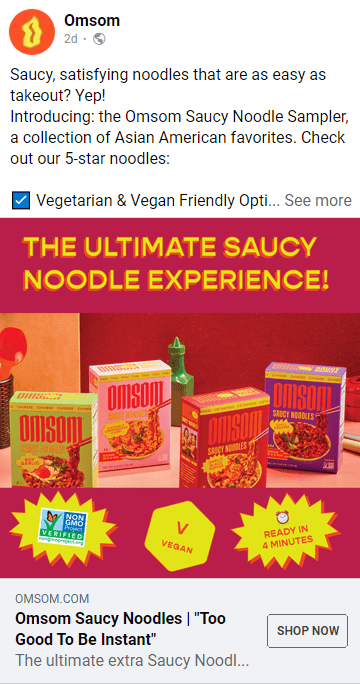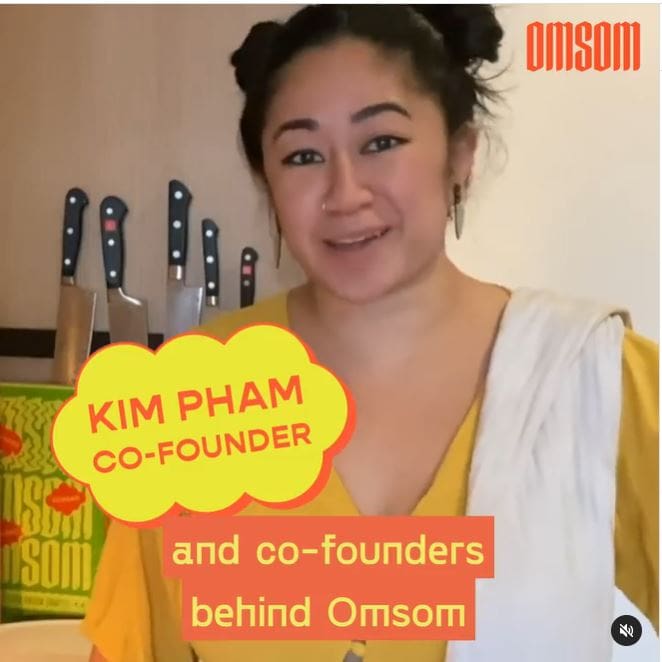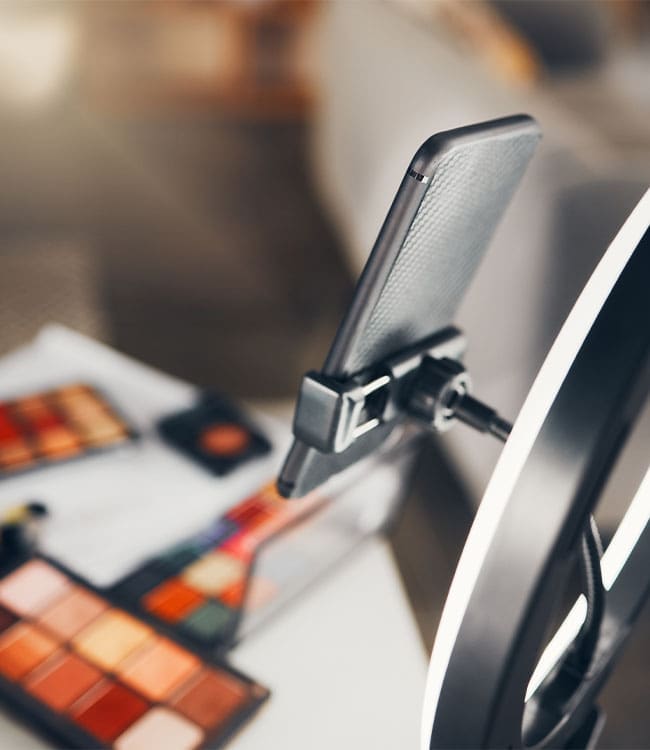In the ‘Insight to Impact with Mintel Consulting’ series, thought leaders on our Marketing Intelligence team expand on research and insights identified in Mintel Comperemedia research. Today’s article is inspired by Comperemedia’s Audience Strategies report (client link only) on how brands can more effectively appeal to cultural values held by Asian Americans or Pacific Islanders (AAPI) consumers.
One of the most beautiful things about people is that we are diverse. And because we are so rich in complexity, many of us have different expectations – meeting them is key for any successful marketing campaign.
This is even more important when marketing is shaped to appeal to a specific identity, like a generation or a cultural heritage. If campaigns are reaching out to AAPI consumers, they need to be authentic, meaningful, and valuable.
When AAPI cultural moments like Lunar New Year or AAPI Heritage Month roll around each year, brands that will have the most influential impact will be those that understand the nuances of both the AAPI identity as a whole and the individual sub-identities within the AAPI umbrella. As Vivian He, Comperemedia Research Analyst, noted in her Audience Strategies report (client link only), “‘Asian American’ is not a box to check; it is a gem decorated with diversity that requires marketers to handle it with care.”
According to Mintel data, AAPI consumers believe there is power in authentic representation in media. They know what their top needs are – and some of these include purchasing high-quality goods, using natural products, and nurturing close ties with family and friends.
Spotlight: Beauty & Personal Care
The specific desires of the AAPI community have particularly strong manifestations within the beauty space. AAPI beauty shoppers generally want natural, affordable products that complement their skin tones. Other desires pop up depending on the consumer’s country of origin, too; for example, South Korean consumers are more likely to be open to trying new products due to the high level of innovation in the beauty industry in South Korea.
Aavrani, Cocokind, and Glow Recipe are three Asian-owned beauty and skincare brands that cater to the particular value-adds that AAPI consumers are looking for. Their marketing creatives spotlight natural ingredients like turmeric and cloudberry, and the video-based format of their creatives allows them to go into detail about how these ingredients blend traditional values with forward-thinking innovation.
These brands include customer testimonials from Asian American spokespeople who have the same skin tone as the target audience, showcasing their cultural awareness. This, along with their prioritization of social media as a marketing channel, are two strategies that resonate with the AAPI community. In fact, 63% of AAPI consumers cite word-of-mouth as their top source for product discovery, and 87% of AAPI women between the ages of 18 and 34 get beauty and personal care information from social media.
Glow Recipe’s TikTok creative also stands out through its authentic cultural nuance; in it, the brand’s co-creators speak to their inclusion of rice water in their product’s formula, which was a decision rooted in their mother’s tradition of splashing rice water on their faces as a way to soften their skin. This authenticity would resonate with an audience that wants targeted advertising to relate to the traditions of their culture, in addition to wanting natural ingredients.
Spotlight: Food and Drink
Preparing food and eating together are some of the most accessible ways that people can share their cultures. Nostalgia and the familial connotations that come with authentic cuisine are hence a powerful way to appeal to a sense of cultural pride in consumers across demographics, and the AAPI community is no different. Brands like Omsom, founded by two first-generation Vietnamese American sisters, are putting forth products and campaigns that center on practicality, quality, and value without compromising the brand’s promise of authenticity.
By leaning into authentic representation and emphasizing the identity of Omsom’s co-founders, these campaigns can build trust among “new-aged skeptics,” who value a nuanced understanding of their culture and food. This is backed up by Mintel consumer data, which shows that 72% feel that their Asian culture is most influential on the foods and recipes they make.
Larger food, drink, and grocery brands without roots in AAPI communities or a similar brand story can leverage authentic representation through elevating partnerships. 79% of Asian American consumers say they would like traditional supermarkets to expand their selection of Asian products, as well as expand their selection of Asian brands.
Seizing on cultural moments, Target created a series of YouTube videos for the Lunar New Year, which centered on storytelling and cultural appreciation through the preparation of different Asian cuisines that could then be circulated in paid social channels. One such campaign featured Jing Gao, renowned chef and founder of Fly By Jing, a brand of Sichuan Chili Crisp sold in Target stores, as she cooked hot pot and spoke to the importance of keeping culture and traditions alive. These campaigns were effective in making space for specific cuisines and cultures under the larger AAPI umbrella and avoiding the common pitfall of speaking to all Asian Americans as a monolith.
Spotlight: Consumer Packaged Goods
CPG is another industry that plays a palpable role in cultural expression and thus should align with nuanced cultural values. Because they cater to “the masses,” consumer goods companies sometimes find themselves caught in a one-size-fits-all approach. However, specific cultural groups will turn a blind eye to brands that do not demonstrate an understanding of their individual experiences.
This rings true for the AAPI community in particular, as 49% of Asian Americans believe that authentic representations of diverse populations in the media and marketing they consume has the power to improve society.
One top consumer goods brand that stands out among the noise of one-size-fits-all marketing is Proctor & Gamble. For AAPI Heritage Month in 2022, P&G released a one-minute owned YouTube spot that pinpointed a specific experience commonly felt by Asian Americans: the mispronunciation of their names.
As a way to promote its children-centric products offered through its Pampers and Vicks sub-brands, this ad, dubbed “The Name,” tracks a girl’s development through life as she pushes through embarrassing moments of people mispronouncing her name, and ultimately discovers pride in her cultural identity. It effectively leverages the storytelling power of a video-based format to establish empathy, and uniquely uses a name, which is an important element of identity, as a central symbol. P&G’s choice to memorialize this spot on its owned YouTube page also conveys an intention to align cultural awareness with its brand image.
What we think
The lack of diverse and meaningful representation in media has ripple effects throughout society, and for Asian Americans, this has resulted in great misunderstanding of what is truly important to their cultures and communities. Marketing efforts in the beauty, food & drink, and CPG spaces are just starting to scratch the surface of the rich storytelling to be found within AAPI cultures. Further exploration of these values and nuances can help brands better engage with these Asian American communities while elevating greater cultural understanding for us all.
















































